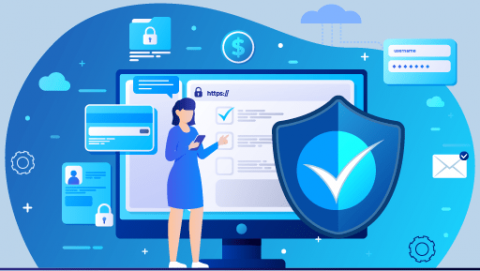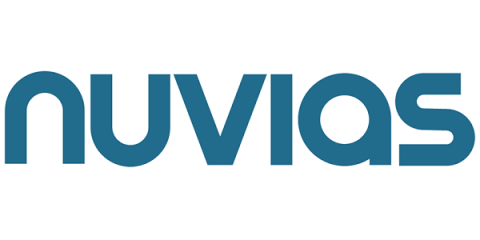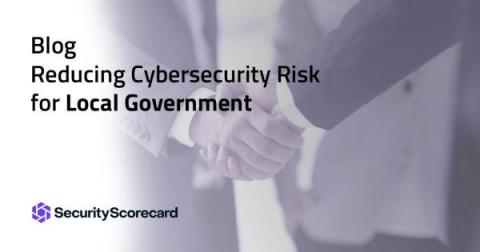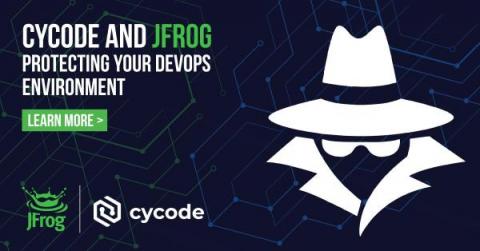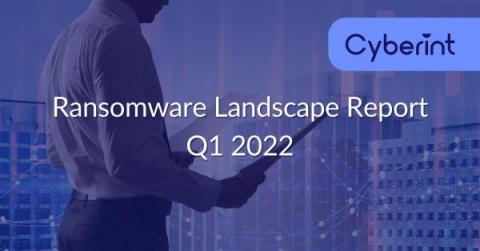How to improve cybersecurity in the healthcare sector
Over the last two years, the healthcare sector has been the number 1 target for hackers who have attempted to attack health centers or even the health department of an entire country. The industry faces threats such as ransomware that blocks the whole healthcare system, deceptive techniques such as phishing, or breaches of sensitive data.



